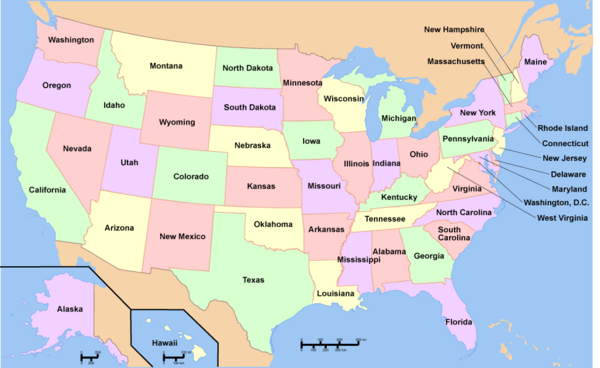Pacific NorthWest LNG
{{#badges: FrackSwarm|Navbar-fracking}} Pacific NorthWest LNG is a proposed natural gas liquefaction and export facility on Lelu Island, British Columbia Canada within the District of Port Edward on land administered by the Prince Rupert Port Authority.
According to the company website, Pacific NorthWest LNG would liquefy and export natural gas produced by Progress Energy Canada Ltd. in northeast B.C. Both Pacific NorthWest LNG and Progress Energy are majority-owned by PETRONAS. Sinopec, JAPEX, Indian Oil Corporation and PetroleumBRUNEI are minority shareholders in the Pacific NorthWest LNG project.[1] Progress Energy, the company supplying gas to Pacific NorthWest LNG, estimates the development of Pacific NorthWest LNG is a $9 billion to $11 billion investment to build the pipeline.[2] Business Vancouver reports the entire project will cost $36 million.[3]
Contents
Background
Canadian Environmental Assessment Agency (CEAA) began its review of the proposed Pacific NorthWest LNG in April, 2013. The review of the LNG facility has been halted five times due to different issues, including a need for further scientific information.[4]
The LNG faced another delay on March 19, 2016. The Canadian Environmental Assessment Agency' was granted an extra three months to finish an impact study.[5]
Opposition
In November 2015 members of the Lax Kw'alaams First Nation camped at the site of the proposed LNG facility to prevent further research.
"We want to make sure nothing gets contaminated or in the way natural habitat, whether it's salmon or shellfish or eelgrass," said Clifford White, chief councillor of the Gitxaala First Nation.[6]
The Skeena Watershed Conservation Coalition and other groups have raised concerns about the risk to salmon habitat on Flora Bank, an area located next to Lelu Island, which could be impacted by the LNG port.[4]
Opponents claim approving Pacific Northwest will make it impossible for B.C. and Canada to meet new emissions reduction standards. Running the plant would release 5.28 million tons of carbon dioxide a year.[7]
More than 130 scientists questioned the science behind the CEAA environmental assessment of the proposed Pacific Northwest LNG. These fish and wildlife biologists from Canada, the U.S., and Norway made their concerns in a joint letter. Of primary concern is the salmon. "You couldn't find a worse location to develop in terms of risks to fish. The CEAA report does not acknowledge that this LNG proposal is located on critical habitat of Canada's second largest wild salmon watershed", said a representative of the Skeena Fisheries Commission."The CEAA draft report for the Pacific Northwest LNG project is a symbol of what is wrong with environmental decision-making in Canada," the letter states[8]
Industry Groups
Project Details
- Operator: Progress Energy Canada Ltd.
- Annual Capacity (cubic feet):
- Status: Proposed
Articles and resources
References
- ↑ "Pacific NorthWest LNG" accessed March 2, 2016.
- ↑ "Pacific NorthWest LNG" Progress Energy, accessed March 7, 2016.
- ↑ Jonny Wakefield,"Will Justin Trudeau’s emissions plans trip up Petronas LNG project?" Business Vancouver, March 18, 2016.
- ↑ 4.0 4.1 "Pacific NorthWest LNG plan review resumes after long delay" Brent Jang, Globe and Mail, December 20, 2015.
- ↑ David Ljunggren, Julie Gordon, and Emily Chow,"Huge Petronas Canada LNG project runs into further delays" Reuters, March 19, 2016.
- ↑ "Lelu Island LNG project divides First Nations as protest continues" Daybreak North, CBC News, November 12, 2015.
- ↑ Jonny Wakefield,"Will Justin Trudeau’s emissions plans trip up Petronas LNG project?" Business Vancouver, March 18, 2016.
- ↑ "Lelu Island LNG environmental assessment questioned by 130 scientists" CBC News, March 09, 2016.
Related SourceWatch articles
For state-by-state information on fracking click on the map below:
| This article is a stub. You can help by expanding it. |

